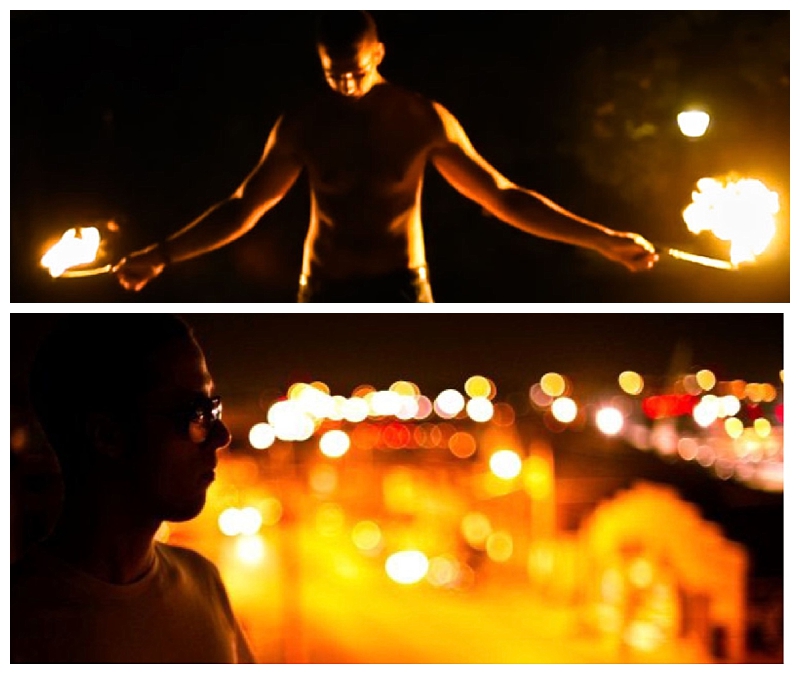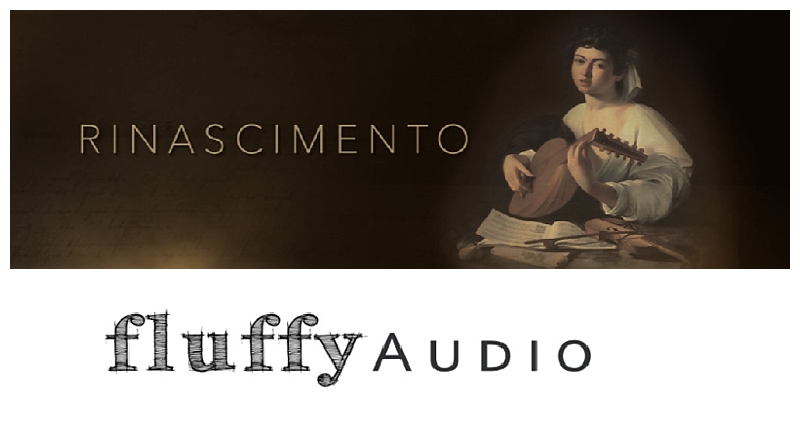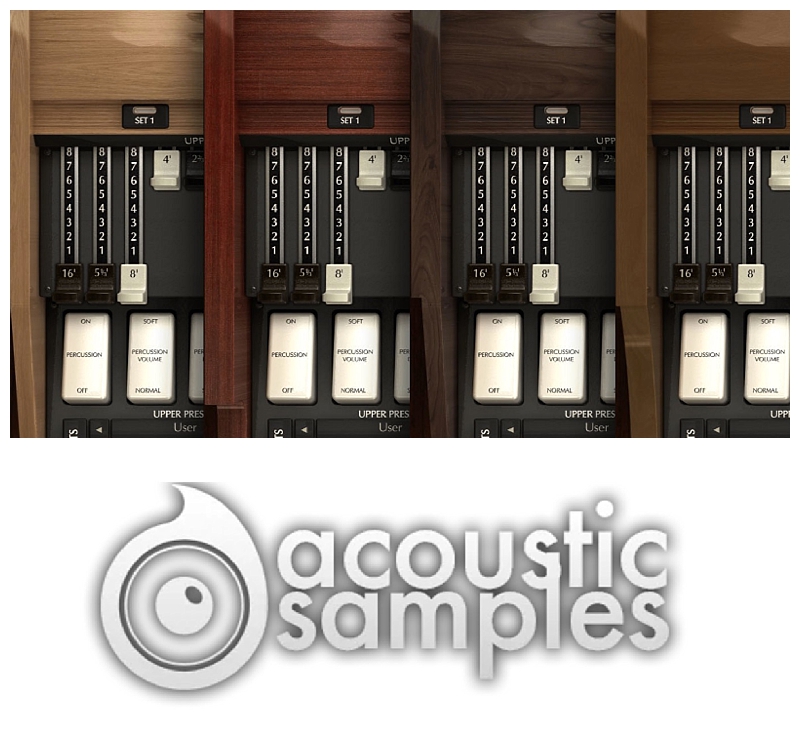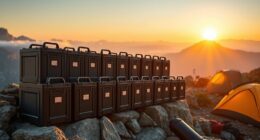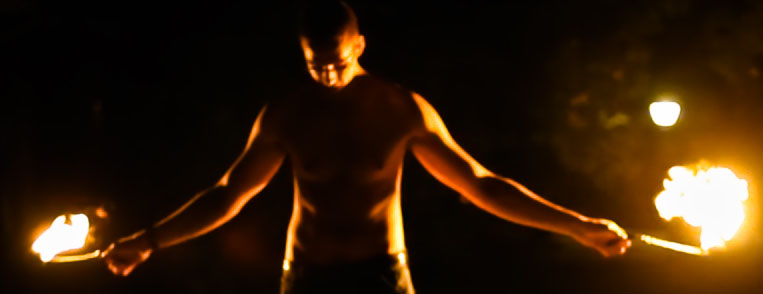
StrongMocha: Charles, Tell us a little bit about your history in the movie business.
Well, being only 20 years old, my history is short, but I’ve had my fair share of vivid experiences, especially in film. I first picked up a video camera as a sophomore in high school, and I’ve been infatuated since. Throughout high school, I made a few extremely amateurish short films, but I made a name for myself in the community.
By my senior year, I produced a feature length documentary about my graduating class. Although it was shot and edited using consumer grade tools, it sold 250 copies and was a hit. Instead of pursuing film, I attended Purdue University the following year, and intended to major in engineering.
Purdue was great, but engineering didn’t fly. My sophomore year in college I attended Columbia College in Chicago for film & video and totally enjoyed it. However, film school is inherently expensive, and I’ve opted this upcoming year to stay closer to home and go to a less costly university. For the past year and half, I’ve worked alongside my partner Michael Gebben from Gebbs Wedding Films (gebbsweddingfilms.com), producing wedding cinematography and commercial films. In my free time, I love taking pictures and learning kinesthetically.
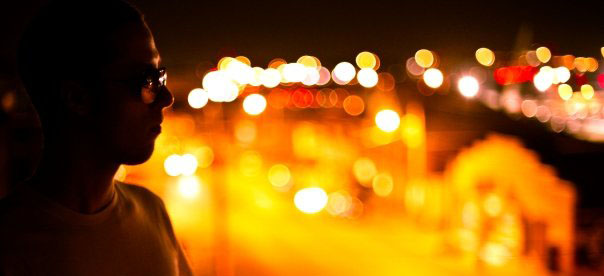
StrongMocha: We love your recent video “Inferno Flow” , tell us more about the video?
Essentially, my friend John called me one day explaining that he was trying to get into some kind of theme group. He’s into the electronic music/rave/poi scene, and to get into the group, he had to demonstrate some type of skill. So, poi and fire eating being his skills, he figured a video would be the best way to go about demonstrating them. I’ve dabbled in poi a bit myself, and I knew the pictures always looked great, but video cameras could barely keep up.
With the Canon 5D Mark II newly introduced to me, I knew that fire spinning/eating was worth testing its limits. Basically, I went to his house one night and filmed for about 2 hours. I had an idea as to what I wanted the video to look like, and I knew that I had the tools to pull it off…I just needed to make it work. I filmed John performing several times, directing him a little, but mostly letting him work his magic. Taking from my skills in wedding cinematography, I did everything on the fly, but that’s how I’m used to working. Getting a variety of angles, movements, and camera settings, I made sure that I had plenty to work with- I knew that the fast paced editing would need it. I then picked the song based on its composition and relation to my footage. John wanted something “chill,” but I knew that the act of fire spinning required a higher energy music selection due to the nature of its intense motion. Edit, the composer of the song, is part of a group called The Glitch Mob, who I had listened to in the past. I was recently listening to some of their beats in preparation for another video, and when I came across LTLP, I knew it was perfect. The slow lulls mixed with the crazy sampling and scratching fundamentally meshed great with the footage. I suppose the rest is history.
StrongMocha: Who is the brain behind it?
I am the brain behind it, I’m just glad that John approached me for the video, otherwise I doubt I would have made the connection that fire + Canon 5D Mark II= awesomeness.
StrongMocha: Tell us more about John Klockenkemper, who is fire breathing & dancing in your video.
I’ve known John since high school, and truthfully, he’s the equivalent of a mad scientist, except that he works with computers. He’s a smart fella, and we share the like of fast computers, sick electronic music, and fire, with often all three being in close proximity. I think John has been playing with fire for a year or two now, in the hobbyist since of the term. The last time we spun fire together, he was only a little better than me and hadn’t attempted fire eating, but he’s clearly gotten much better since then.
StrongMocha: Can John be hired for a Fire breathing & dancing performance?
I’m sure John would loves to perform, but I think he considers it more of just a fun, relaxing thing to do. I know he has performed in front of large groups of people, but so far, not for money. He has the skill to do it, I just don’t think he has ever actively pursued selling it. I would hire him though.
StrongMocha: Can you tell our reader a little bit more about “Lying Still”?
Lying Still is a film about perceived reality. The film was entered into the Purdue Digital Cinema Contest and won Best Documentary as well as Best Actress. In my opinion, it was a complex idea that was executed in a simple, yet extremely effective manner.
StrongMocha: For what reason did you make “Lying Still”?
Before I say anything, if anyone is reading this and hasn’t watched it, definitely do so now (Video below). Otherwise, I’ll ruin it for you. If you have seen it though, it basically stemmed from the simple, yet powerful idea of falsifying something that everybody takes for granted.
In film, home videos should ring a bell. Why would anybody ever fake a low production value/nearly worthless home video? With that in mind, I had to come up with an extraordinary event to “catch” on film. A girl confessing that she was a victim to rape was a plausible idea for the time limit that I had, which was seven minutes. It was powerful, and more importantly, a touchy subject. Presenting it alone, even without the idea of falsifying it, would be moving. But, at the close of the film, the viewer learns that everything was made up. In my mind, a majority of the population watches supposedly “real” events, such as the news or nonfiction documentaries, and takes them to be true. Home videos also fall under that category, but if someone were to fake a supposedly “real” event, more people might question the “reality” of the world that is presented to them. I optimistically question nearly everything around me, and I guess the main reason I made this film is so that other folks will follow suit.
StrongMocha: Let’s dive into the technology and software you used for Inferno Flow. You shoot it with the Canon 5D Mark II, which lenses did you use?
As far as lenses go on this particular film, I used the Canon L-series 16-35mm 2.8 and an older manual Nikon 50mm 1.4 with a Canon adapter ring. I also used a shoulder mount for the static shots and a Glidecam 2000 for all of the moving shots.
StrongMocha: While you did shoot the footage did you learn anything you want to share with our reader?
Fire is hot. It doesn’t mix well with cameras, especially expensive ones. I was singed a few times, so be careful when you shoot poi. Aside from that, trying different shutter speeds with moving objects, fire in particular, produces very different effects. It looks great with both low and fast speeds, and depending on your preference, both can work. On slower shutter speeds, however, I did encounter a bit of ghosting. Also, using the 50 prime was definitely advantageous for me- it performed awesomely in the low light coupled with the Canon 5D Mark II and gave me some breathing room with testing different exposures.
StrongMocha: Tell us more about your editing approach and the software you use?
I normally preach preplanning and preproduction, but with a great deal of event videography, things change on the fly. If you think about it, the concept for my video was extremely simple; it was just well executed. I knew going into shooting that I needed lots of variety within my footage, so I just left it at that.
The editing for this piece was more of just experimentation along the way. I wanted very beat driven movements (because that’s kind of what poi is based upon), so I rough cut about 40 minutes of footage down to maybe 20 minutes of good stuff. From there I just played around. If something looked good and flowed well, I kept it in. I kept the pacing of the video as close as I could to the pacing of the song, since I wanted to make the connection very apparent. Everything clicked really well, and I think that the combination of being at the right place with the right tools, filming the right person, and using the right music made the editing a no brainer. Getting all those things right was the hard part.
I used Sony Vegas 9. I only applied speed changes and mild color correcting as far as technical stuff goes.
StrongMocha: We here at StrongMocha started to use compression code to speed our work up dramaticly, tell us about your tricks in your daily editing work?
I use Cineform’s standalone compression software to tame the beastly .h264 files. Converting everything to .avi makes editing a breeze. For daily editing, knowing shortcuts is huge for me. I’m constantly refining my workflow, doing whatever it takes to be more effective and ultimately faster, while maintaining quality. I try to control the tools and not let the tools control me- knowing the ins and outs of the software will only make you better.
StrongMocha: What can we expect from you next film?
I have a simple concept that, although time consuming, if done right, will be effectively extraordinary and something never attempted on the magnitude that I plan to achieve. It will involve timelapsing, a living statue, some absolutely nasty beats, and a deep concentration on motion at its fundamental level. It’s in the works right now, and I’m pretty flippin’ excited.
StrongMocha: You also work on wedding films one of your recent one is “Sonal & Saidul-HENNA PARTY”. How did you start in the Wedding Film business?
I opened up the phone book and persistently asked for an interview. Basically, my partner and I really hit it off in the beginning, we were both passionate, and we were both driven. Wedding films are being totally revamped, and our company is at the frontend of the wave. By all means, check out our films, I can safely guarantee that they are unlike (and better) than any wedding film you will ever see. Imagine Inferno Flow translated into a wedding film. Yeah. It’s cool, and we love what we do. We’re open for destinations worldwide! gebbsweddingfilms.com

